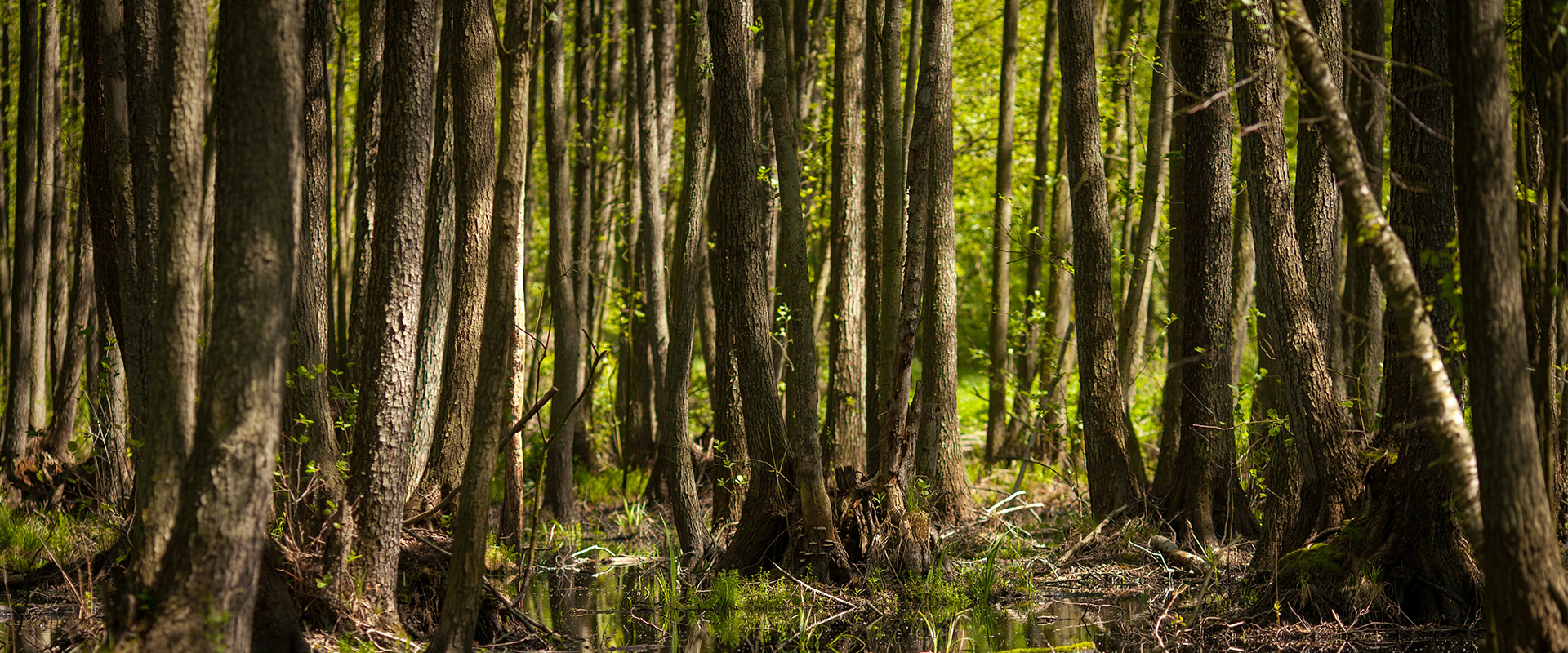
Policy and Regulatory Tools for Local Governments
A survey of shoreline management in bylaws, plans, and policies.

Canada has the longest coastline in the world. Coastal wetlands have the potential to capture more carbon dioxide per unit area than any other natural system and can protect inland areas from sea-level rise due to climate change.
Coastal areas are also key habitats for many species. For example, tidal salt marshes are crucial for fish and migrating birds, they hold and filter pollutants, and act as protectors from storms.
Despite their benefits, these ecosystems are losing biodiversity at unprecedented rates due to human activity. As with forests and wetlands, salt marshes from the Bay of Fundy to the Fraser River are at risk from sea-level rise and industrial expansion.
If you live in coastal Canada, it is integral to include coastal and ocean nature-based climate solutions in the fight against climate change and species decline as well as a way to preserve a coastal way of life.
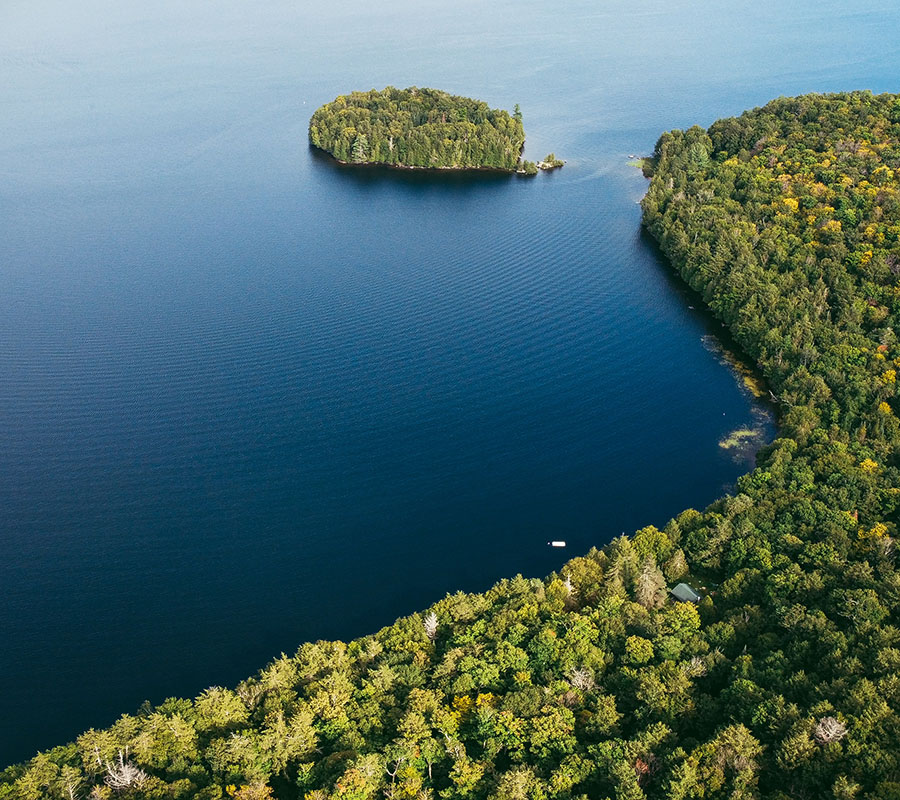
The protection of native landscapes and natural assets will often yield the greatest benefits in terms of climate and biodiversity.
Managing coastal areas is important for the safety of those residing on land, and for the species that depend on these areas.
Restoration projects can renew degraded coastal areas, capturing carbon and benefiting species that depend on these areas (e.g. tidal marsh and seagrass restoration, living shorelines).
Coastal communities, including many First Nation and Inuit communities, are at great risk to climate-related impacts.
In many coastal areas, one of the greatest threats to these ecosystems is the development of new infrastructure and housing. To protect these areas from development and prevent further loss of salt marsh and seagrass, municipalities should utilize land-use planning practices that manage development along the coast to protect coastal communities and conserve iconic species like the Piping Plover.
Provincial, territorial, federal and Indigenous governments are also key players in advancing the protection of coastlines from impacts like sea-level rise, coastal erosion, and ocean acidification.
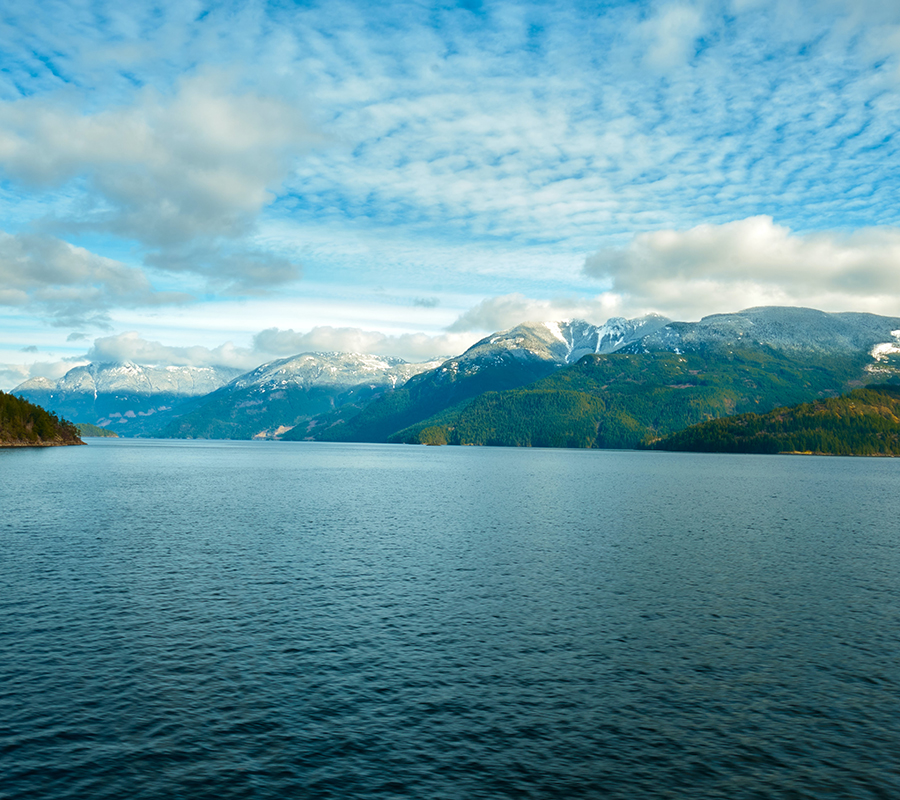

In many coastal areas, one of the greatest threats to these ecosystems is the development of new infrastructure and housing. To protect these areas from development and prevent further loss of salt marsh and seagrass, municipalities should utilize land-use planning practices that manage development along the coast to protect coastal communities and conserve iconic species like the Piping Plover.
Provincial, territorial, federal and Indigenous governments are also key players in advancing the protection of coastlines from impacts like sea-level rise, coastal erosion, and ocean acidification.
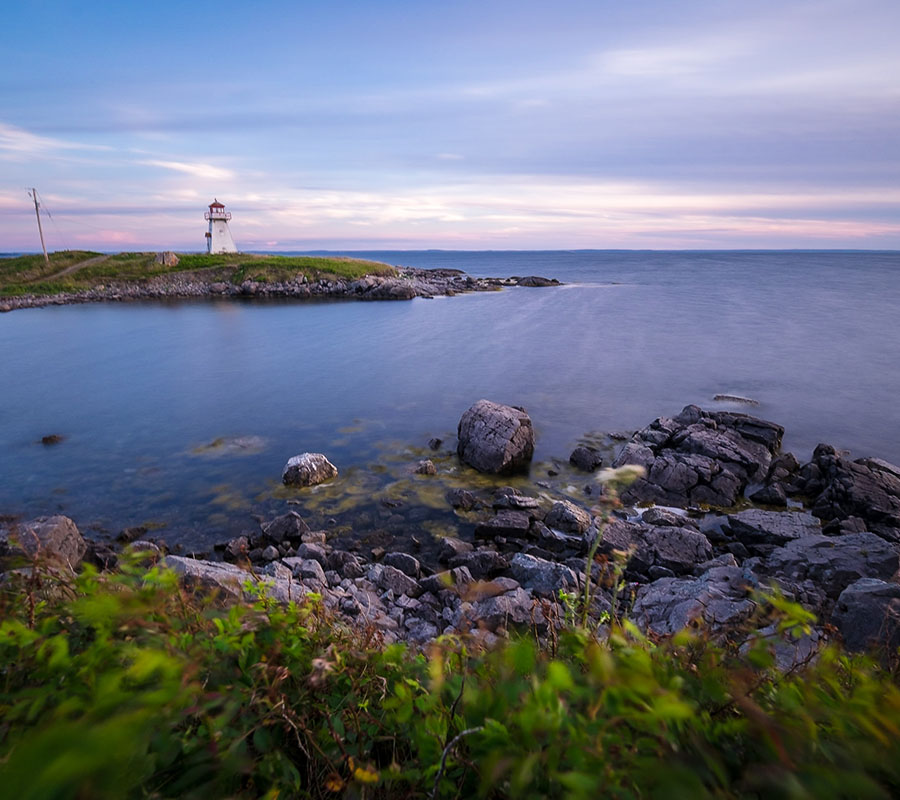
Utilizing nature-based climate solutions to preserve the ecological integrity of coastal areas can be less costly and less environmentally damaging than traditional grey infrastructure.
For example, the construction of conventional dykes is expensive and can disturb the proper functioning of ecosystems, like salt marshes. Instead, local communities are using “living dykes”, dyke realignment or natural shoreline restoration, as well as coastal protection and policies to protect against flooding.
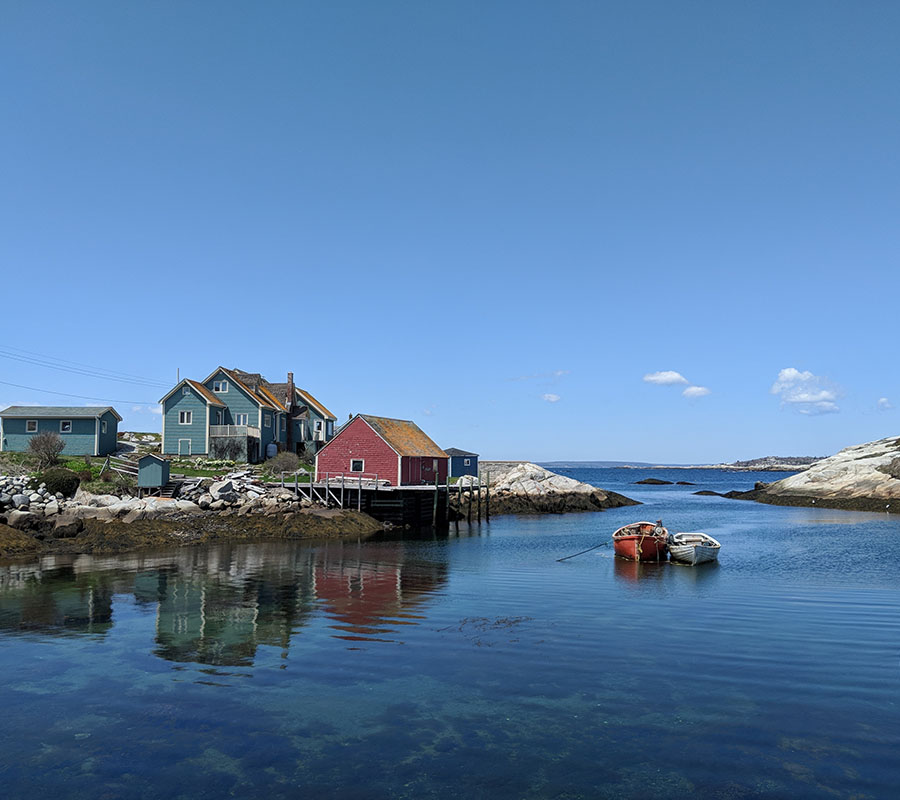
Coastal communities, including many First Nation and Inuit communities, are at great risk to climate-related impacts including rising sea levels. Implementing measures to adapt to these landscape changes can protect against these effects.
Adaptation projects might focus on eelgrass restoration off coastlines where settlements are at a particular threat of sea-level rise and severe weather due to climate change.
Coastal communities, including many First Nation and Inuit communities, are at great risk to climate-related impacts including rising sea levels. Implementing measures to adapt to these landscape changes can protect against these effects.
Adaptation projects might focus on eelgrass restoration off coastlines where settlements are at a particular threat of sea-level rise and severe weather due to climate change.

Examples
Check out these examples of ways that nature-based climate solutions are being used in Canada’s coastal areas. They might help you to think of projects for your community!
Here are organizations that you can contact to learn more about nature-based climate solutions for coasts and oceans.
Canada’s wilderness is the world’s envy. It’s our duty to keep our true north strong and green.
Donate